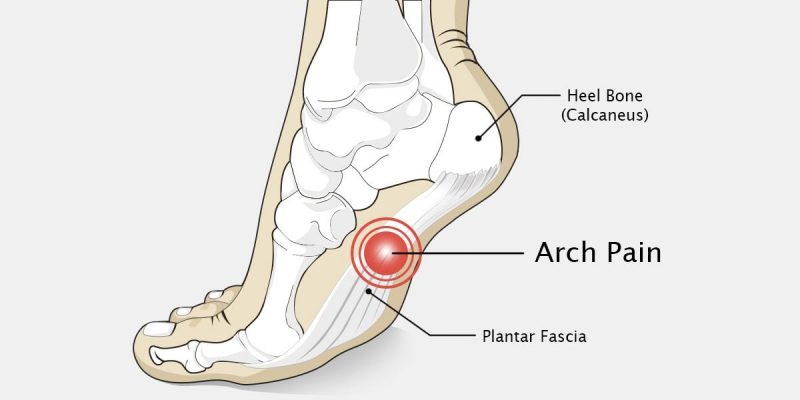
:max_bytes(150000):strip_icc()/145068357-56a6d9a43df78cf772908c3e.jpg)
Splinting: Ask a doctor about splinting the foot to help keep it supported while sleeping.Using support: Consider using cushions, inserts, and support shoes.Applying ice: Apply an ice pack wrapped in a cloth to the arch and other tender areas to help reduce swelling.


Cavus footĬavus foot is a structural abnormality that causes a high arch. They can also consider wearing support shoes or using inserts to help take pressure off the arch. People with plantar fasciitis may need to stop engaging in activities such as running to let the foot heal. In addition to arch pain, a person may feel stiffness in the heel or ball of their foot. The pain typically gets worse during waking hours with walking and standing. If a person has plantar fasciitis, they often feel pain when waking up. The plantar fascia is a ligament that connects the back of the foot to the front.Ĭommon causes of plantar fasciitis include:Īnyone can get plantar fasciitis, but activities such as running can increase the risk. Plantar fasciitis is a degenerative condition of the plantar fascia and a common cause of heel pain. Support can include stability shoes and prescription arch supports. It may also cause hammertoe and calluses.Ī person who overpronates often benefits from extra support when walking. This damage can lead to pain in the arch, knee, hip, or back. Long term, overpronation can damage the tendons, muscles, and ligaments. The extra pressure causes the arch to flatten. As they complete the step, the foot rolls too far onto the arch. Overpronation refers to how a person’s foot moves while walking, running, or jogging.Ī person who overpronates strikes the ground with the outer portion of the heel first.

In both cases, several factors can lead to or aggravate these issues, including:Ĭauses of pain in the arch of the foot include: Overpronation Structural issues typically refer to high or low arches or other abnormalities in the foot and surrounding area. The two most common causes of pain in the arch of the foot are injury and structural issues.


 0 kommentar(er)
0 kommentar(er)
